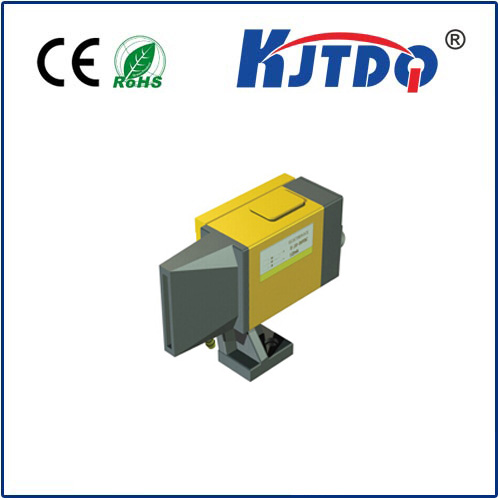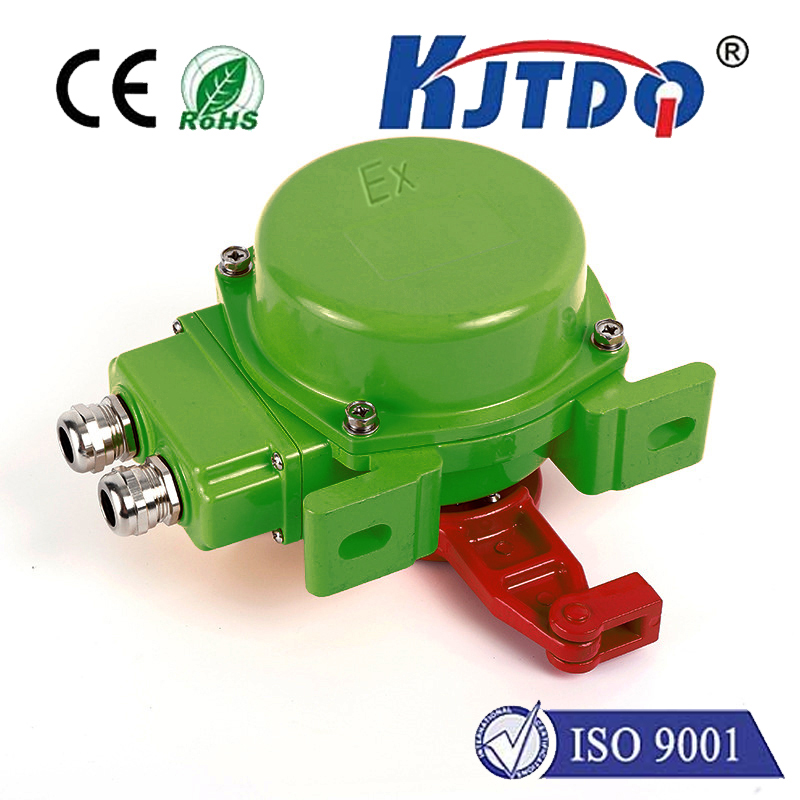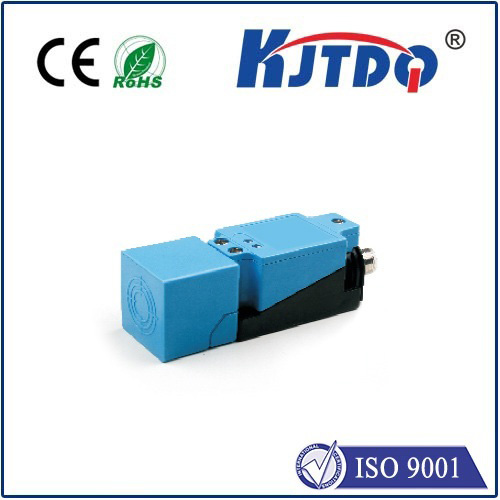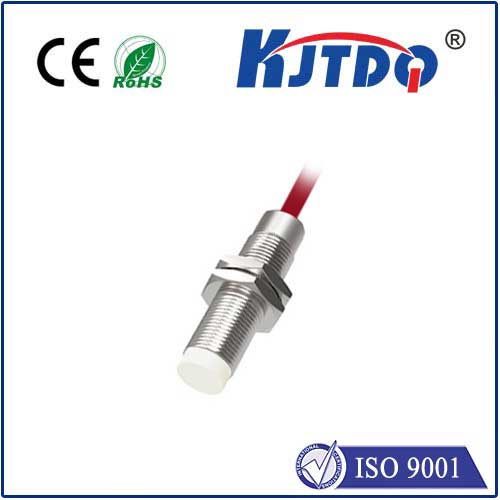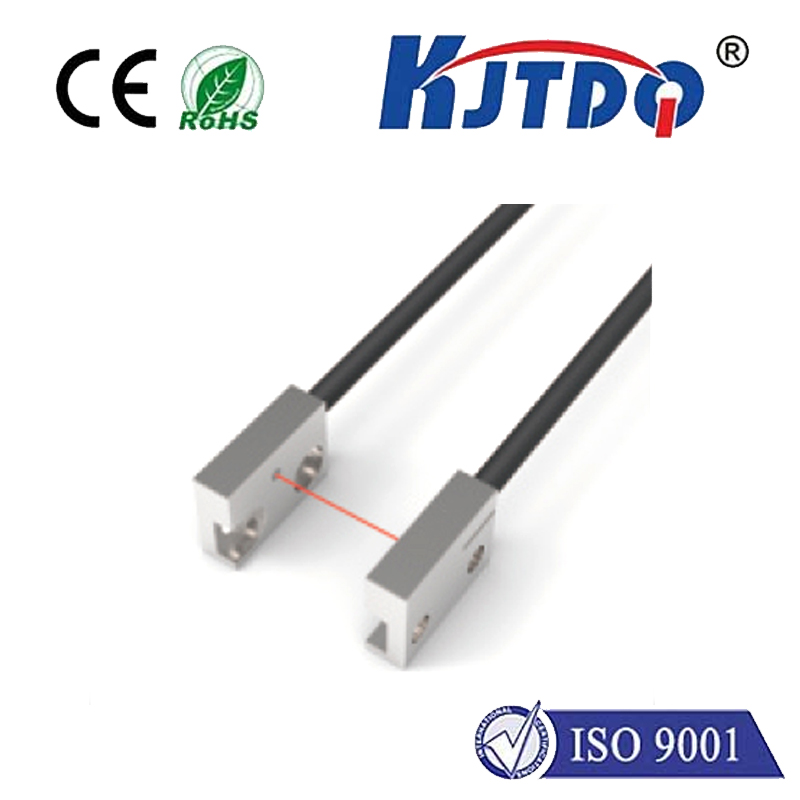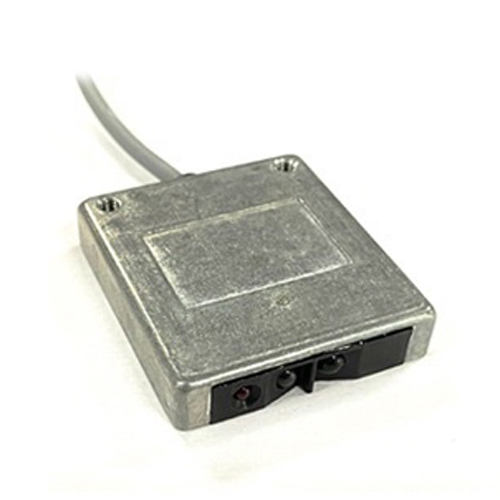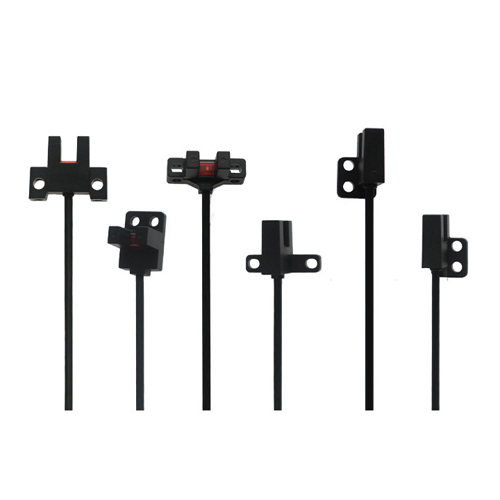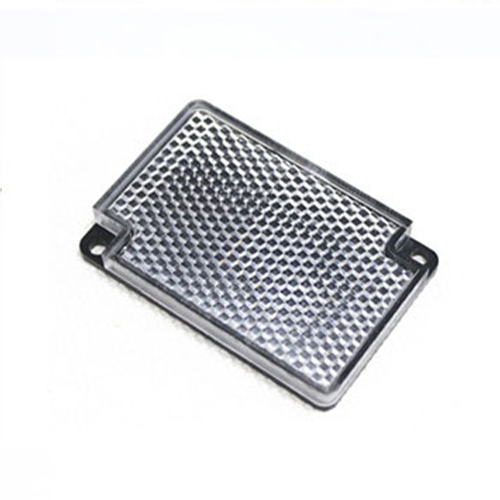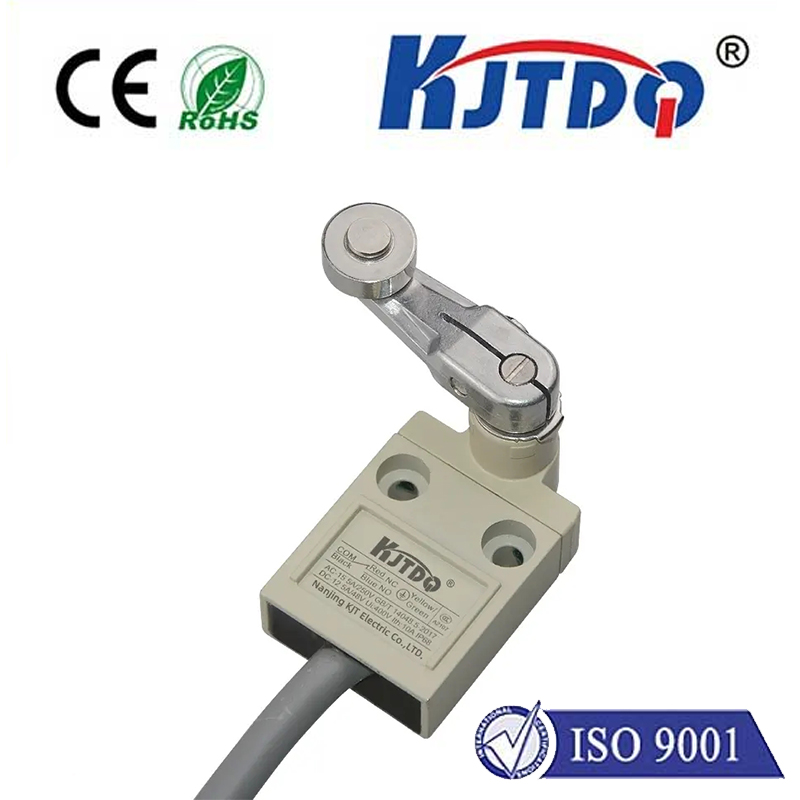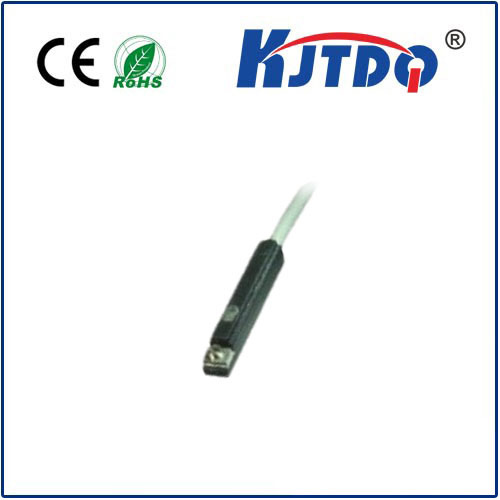building pressure sensor
- time:2025-08-19 10:39:18
- Нажмите:0
Building Pressure Sensors: The Invisible Guardians of Comfort and Efficiency
Think about the last time you walked into a modern building – an office, a hospital, a sleek apartment complex. What made it feel just right? The temperature was comfortable, the air felt fresh, maybe doors opened effortlessly. Behind this seamless experience often lies an unsung hero: the building pressure sensor.
While they operate unseen, building pressure sensors are fundamental components in modern Building Management Systems (BMS) and Heating, Ventilation, and Air Conditioning (HVAC) systems. Their core function is deceptively simple: to measure the difference in air pressure between two distinct spaces or zones within a structure. This data is then translated into actionable intelligence, driving critical systems that impact everything from energy consumption to occupant health and structural integrity.
Why Building Pressure Matters More Than You Think
Air naturally flows from areas of higher pressure to areas of lower pressure. Uncontrolled air movement in a building isn’t just inconvenient; it can lead to a cascade of problems:

- Energy Waste: Air leaking out through cracks (exfiltration) when the building is being heated, or seeping in (infiltration) when it’s being cooled, forces HVAC systems to work much harder to maintain setpoints. This directly translates to inflated utility bills.
- Comfort Issues: Drafts near windows and doors, difficulty opening or closing entryways (due to significant pressure differentials), and inconsistent temperatures across different rooms are telltale signs of uncontrolled pressure.
- Indoor Air Quality (IAQ) Compromises: Pressure imbalances can draw in unconditioned, unfiltered air laden with pollutants, allergens, or exhaust fumes from garages or loading docks. Conversely, they can prevent the proper expulsion of stale air, CO2, and contaminants generated indoors. Maintaining correct pressure relationships is paramount for occupant health and well-being.
- Contamination Risks: In critical environments like laboratories, hospitals (especially operating rooms and isolation wards), cleanrooms, and pharmaceutical facilities, maintaining strict positive or negative pressure relative to adjacent areas is non-negotiable. Differential pressure sensors are the guardians ensuring contaminants stay out or hazardous substances stay contained.
How Building Pressure Sensors Work: Sensing the Unseen Force
Most building pressure sensors fall into these primary categories:
- Piezoresistive Sensors: These are among the most common. They utilize a thin diaphragm that deflects minutely in response to pressure differences applied on either side. Strain gauges (often arranged in a Wheatstone bridge configuration) bonded to the diaphragm change electrical resistance as it bends. This resistance change is converted into a measurable electrical signal (voltage or current) proportional to the pressure differential. They offer good sensitivity and accuracy for typical building applications.
- Capacitive Sensors: These rely on the principle of capacitance change. Essentially, pressure applied to a diaphragm alters the distance between two conductive plates (one being the diaphragm itself) within the sensor. This change in distance affects the capacitance, which is then converted into an electrical signal. Capacitive sensors are often prized for their stability, low power consumption, and high resolution, making them suitable for very low-pressure differential monitoring.
- Potentiometric Sensors: A simpler, often more cost-effective design uses a mechanical linkage connecting a pressure-sensitive diaphragm to a potentiometer (variable resistor). Movement of the diaphragm wiper alters the resistance, generating a corresponding output signal. While robust, they may have limitations in resolution and long-term stability compared to piezoresistive or capacitive types. Selecting the right sensor technology depends heavily on the required sensitivity, range, accuracy, and environmental conditions.
Strategic Applications in the Built Environment
The data provided by HVAC pressure monitoring drives numerous vital functions:
- Optimizing Airflow Control: Sensors monitor pressure drops across air filters (indicating when replacement is needed), across coils, and within ductwork. This ensures fans are working efficiently to deliver the required airflow without excessive energy use. Demand-Controlled Ventilation (DCV) systems heavily rely on pressure and airflow data to adjust fresh air intake based on actual building occupancy.
- Maintaining Zone Pressure Relationships: This is crucial for:
- Smoke Control: During a fire, pressurizing stairwells (positive pressure) to keep smoke out and creating negative pressure zones around the fire floor to contain smoke spread.
- Containment: Keeping laboratories, cleanrooms, or isolation rooms at negative pressure to prevent hazardous substances escaping, or at positive pressure to prevent contaminants entering.
- General Comfort: Preventing unwanted drafts and ensuring doors operate easily by minimizing pressure differences between zones like corridors and offices.
- VAV (Variable Air Volume) Systems: Pressure sensors are critical for maintaining duct static pressure setpoints. As VAV boxes modulate airflow into individual zones, the system fan speed adjusts based on the pressure sensor feedback to maintain optimal duct pressure, maximizing energy savings.
- Elevator Shaft Monitoring: Monitoring pressure differences helps prevent smoke migration through elevator shafts during normal operation and fire events.
- Laboratory Fume Hood Safety: Ensuring fume hoods maintain negative pressure relative to the room to safely contain hazardous vapors.
The Rise of Smart Building Pressure Sensors
Modern building pressure sensors are increasingly becoming intelligent nodes within the Internet of Things (IoT) ecosystem. Key advancements include:
- Enhanced Connectivity: Integration with BACnet, Modbus, LonWorks, or wireless protocols (Wi-Fi, Bluetooth, LoRaWAN) allows seamless data integration into BMS platforms for centralized monitoring and control.
- Digital Output & Diagnostics: Moving beyond simple analog signals, digital sensors offer more robust data transmission, onboard diagnostics for self-checking, and easier calibration.
- Higher Accuracy & Stability: Improved manufacturing techniques and compensation algorithms deliver more precise and reliable measurements over extended periods and wider temperature ranges.
- Multi-Parameter Sensing: Some advanced sensors combine pressure measurement with temperature, humidity, or air quality sensing, providing richer contextual data for smarter building automation decisions.
Conclusion: Essential Infrastructure for Modern Buildings
From ensuring occupant comfort and health to guaranteeing safety in critical environments and unlocking significant energy savings, building pressure sensors are far more than simple meters. They are fundamental sensory organs feeding vital information to the nervous system of a building’s automation and management infrastructure. As buildings become increasingly intelligent, the demand for reliable, accurate, and connected differential pressure sensors will only continue to grow. Investing in the right sensing technology and deploying it strategically is crucial for creating buildings that are not only functional and safe but also truly sustainable and responsive to human needs. The quiet measurement of an unseen force has an outsized impact on the environments we inhabit every day.

